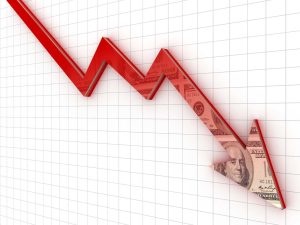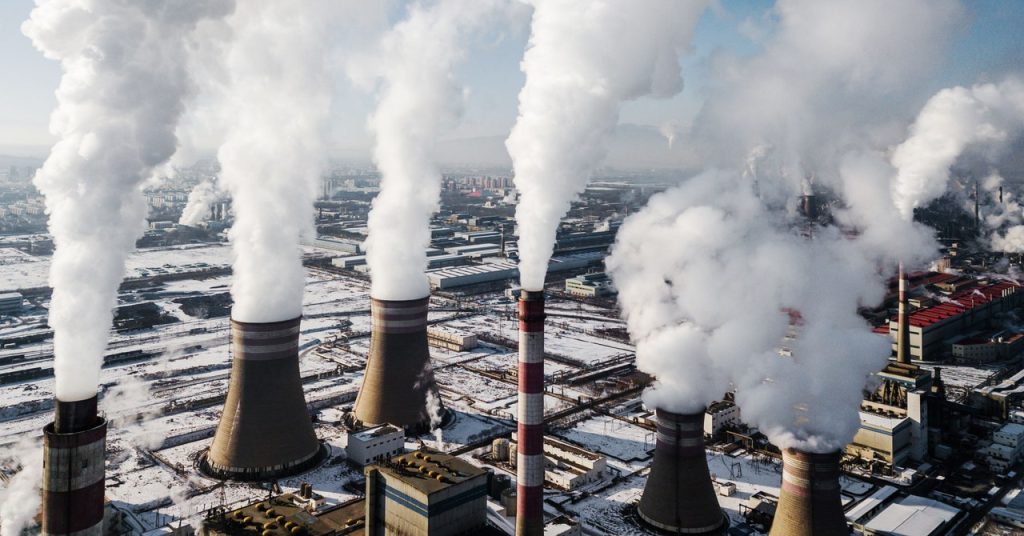To achieve net-zero carbon emissions by 2030, we have to increase the amount of capital invested in climate tech by 590 percent, says Daria Saharova, managing partner at VC World Fund, a European venture capital firm specializing in climate tech. While European funds, including the UK’s, have €19.6 trillion ($21.1 trillion) under management—and invested €19.6 billion in 2022—that’s not enough. We need to invest at least €1 trillion every year.
The good news? “Europe is leading the world in patent applications for climate technology,” she says. “Twenty-eight percent of all patents in this field originate in Europe, so almost one-third of the technology needed is created here.”
The problem, Saharova warns, is the misalignment between emissions and venture capital. Forty-eight percent of VC investment in 2022 was into mobility technology, such as e-scooters. Mobility accounts for only 15 percent of emissions, while more polluting industries like manufacturing, food and agriculture, and the built environment are underfunded. “Eighty-five percent of emissions receive only 52 percent of funding,” according to Saharova.
This matters, she explains, because personal behavior change will reduce only 4.3 percent of emissions. Technologies already in the market will account for 49.8 percent—meaning technologies under development and in need of investment will need to fill in the rest. “Forty-six percent of emissions will be reduced by technology that’s yet to be developed, and this is the tech we desperately need,” she says. “And we need venture capital.”
Venture capital has had its fingers burned in this area before, she points out. “Between 2008 and 2013 there was a lot of investment and a lot of failures. So right now, R&D accounts for 35 percent of investment, private equity 37 percent, and venture capital just 13 percent of climate tech funding.”
There’s a huge opportunity for VCs—as the fast rise of late-entrant private equity shows. The return on new investment in climate tech between 2015 and 2019 stands at almost 22 percent. But how do VCs pick the right investment areas when they often lack the skills?
“We need a crystal ball for a tech product’s sales, the target market, the tech’s influence on that market, its climate footprint, and interrelations with other solutions—in particular, some serious climate science,” she explains. “That’s a long list.”
World Fund has developed a benchmarking system called the Climate Performance Potential, or CPP, which is gradually filtering through to academia. It’s a blend of comparing the potential a startup has to avoid or reduce emissions, a willingness to ignore the startup’s own predictions, and its ability to look at the Total Addressable Market (TAM), which World Fund calls the Total Avoidable Emissions. This pairs a team’s ability to execute with an almost competitive product in a climate-effective technology bucket to understand the order of magnitude that your multiple can achieve.
“This model is focused on the technology rather than the company, so it can be applied to large organizations as well,” she explains. “It allows us to measure the carbon market for a technology compared to others by 2040. We need more private capital and public capital, and this model makes it easier for them to predict success.”
This article appears in the March/April 2024 issue of WIRED UK magazine.
Read the full article here















